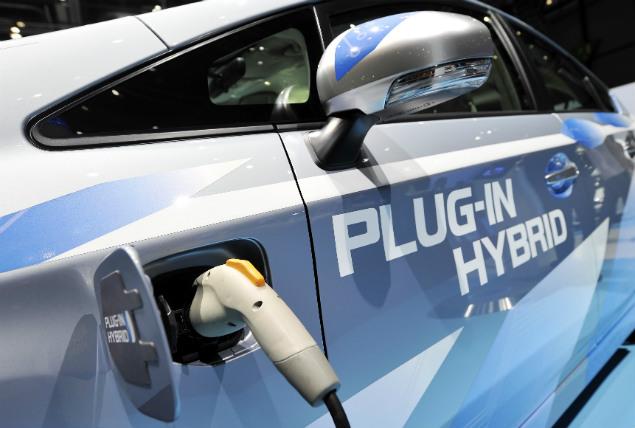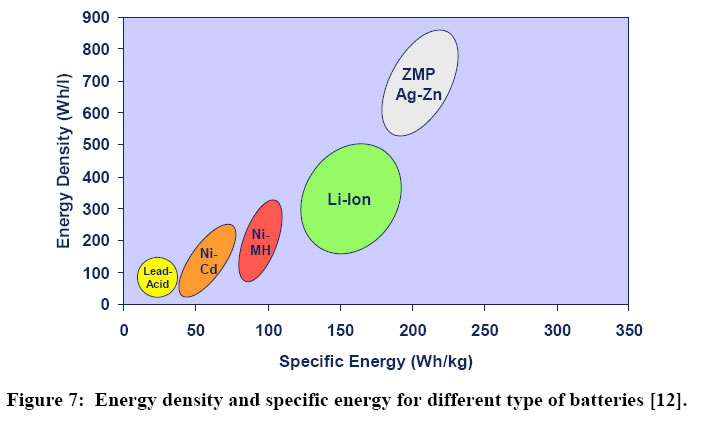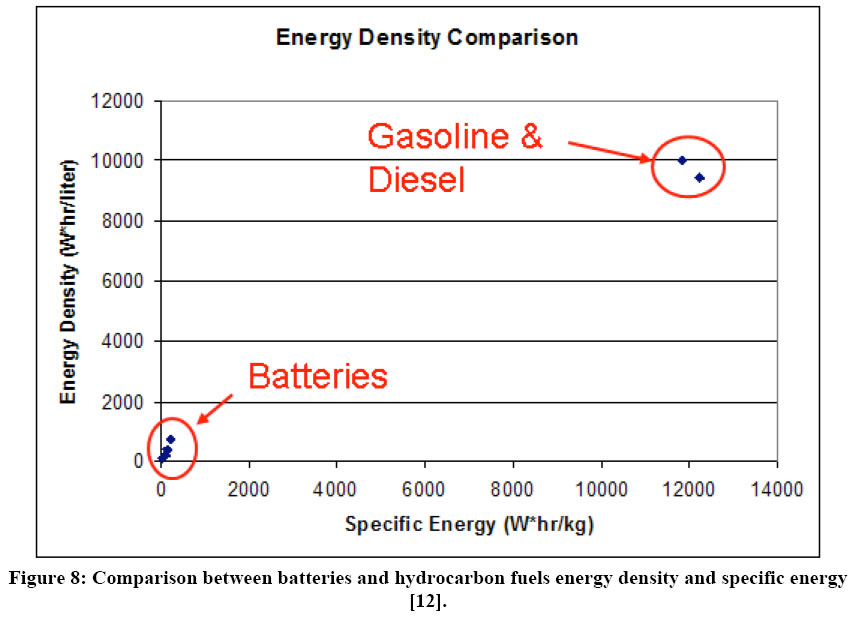Electric Cars and Plug-ins

The all electric car has had a huge government and publicity push in the past few years. As a result the best engineering minds have been put tot he issue of making a modern electric car. Great cars like the Volt and the Leaf have been sold in the thousands. But, on the whole, when they reached the market, the prices of these vehicles made them unacceptable to the majority of the public.
This is a big, complicated story. After presenting it, it should be obvious that outside of early adopters with lots of money, fully electric cars will have to await the discovery of a much better electrical energy storage device than the lithium ion battery, if the technology is to replace oil usage. It should also be obvious that alcohols are the best technology available today to replace both gasoline and diesel fuel in internal combustion engines.
1. The basic reasons we should not consider battery electric cars now
1.1. Overall electrical efficiency of using of our coal and natural gas is poor.
First, why electric cars are not the way from the point of view of using our energy efficiently. The overall efficiency of natural gas electrical power plants in 2005 was 43%, and that of coal fired plants was 33%. This will not change much because advances in materials that enable the slight increases in efficiency at higher temperatures and pressures are being offset by the decreases in efficiencies brought about by emission controls. Now the US average electrical transmission losses result in an additional loss of 6.5% (EIA 2007). Thus, the electricity we receive from the grid that has been produced using natural gas, for example, is .43*.935 = 40% efficient. The electrical efficiency of coal produced electricity is .33*.935 = 31%.
Thus, if we use it in a electrical vehicle of 60% efficiency, our well-to-wheel (WTW) efficiency is .4*.6 = 24% for natural gas produced electricity, and .31*.6 = 18.6% for coal produced electricity. In reality, with the uncertainty between individual situations, lets just say we are experiencing the same degree of inefficiency.
1.2. Lithium Ion batteries are too expensive and long term reliability is untested.
Jumping to the current conclusion, which is that the Li-Ion batteries are too expensive to manufacture safely, and that their costs have to come down a factor of 5-10, the direction of the auto companies is to make smaller batteries as an economic answer, but these batteries can not propel a car, even a small car, very far -- not far enough to be practical. So these cars will have to have internal combustion engines as well. They are called Plug-ins.
Plug-in battery electric cars have captured the limelight in the auto press over the past few years. Thus, it is very important to carefully look at them, in term of their potential now and in the future. We want to analyze their value to the American driver in terms of the considerations IER holds dear to our way of life.
1.3. Vehicle Size
At the moment, and for the foreseeable future, proposed plug-in electric vehicles will be Prius size. Thus, because of battery size costs, this limitation may be with us as long as battery technology takes to change. So, although we may see adoption on the scale of the Prius (nickel metal hydride battery technology), it does not appear that plug-ins are a major transportation solution.
2. Industry's viewpoint on pure electrics vs. plug-in hybrids
Although Toyota doesn't speak for the world's auto industry, it has been and continues to be the most successful electric hybrid in history. Thus when Toyota, backing away from pure EV's, we have to listen. Instead, it’s focusing energy on conventional and plug-in hybrids. The company’s chief of research and development, Takeshi Uchiyamada said “The current capabilities of electric vehicles do not meet society’s needs, whether it may be the distance the cars can run, or the costs, or how it takes a long time to charge.” And that pretty much sums up the problems with today’s electrics. They’re generally too expensive, lack sufficient range and take forever to charge. Additionally, the availability of public recharging stations is far too limited.
3. Battery Size and energy density
The chart below shows a number of battery technologies and their energy densities.

Clearly the Li-Ion battery has an advantage over Ni-MH or NiCAD or Lead Acid, but as we said above not enough of an advantage. The energy density chart below emphasizes this. The entire chart above is in the lower left hand circle.

Range
Load carrying capacity
Interior comfort
Service costs
Running costs
Purchase price
Safety
Greenhouse gas
Pollution

